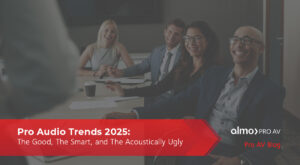Building Better Meeting Spaces – A Focus on Simplicity and Efficiency
In the fast-paced world of professional AV, resellers and integrators are tasked with delivering solutions that meet their clients’ needs while staying ahead of market trends. One of the biggest challenges in recent years has been designing meeting spaces that are not only technologically advanced but also intuitive and simple for end-users. No one wants to spend precious time troubleshooting a conference room setup right before a big meeting. So, how do you offer your clients cutting-edge solutions without overwhelming them with complexity? The answer lies in simplifying the experience.
The Simplicity Trend: What Clients Really Want
One thing is clear in today’s market: clients are increasingly looking for streamlined, easy-to-use solutions for their meeting spaces. This trend comes down to a few key reasons:
1. Ease of Use
The last thing a business wants is a complex setup that requires extensive training to operate. Meeting technology should work seamlessly, whether it’s a small huddle room or a large boardroom. If a system is too complicated, it won’t be used to its full potential—if at all. Clients want to walk into a room, push a button, and start their meeting without delays.
 2. Time Efficiency
2. Time Efficiency
Meetings are often scheduled back-to-back, leaving no room for tech hiccups. Solutions that are quick to set up and easy to navigate help businesses save time and minimize frustrations. The more intuitive the system, the less likely users will run into problems, which means fewer support calls and faster meeting turnarounds.
3. Reducing the Learning Curve
No matter how advanced the technology, it will only be as useful as its ease of operation. When clients don’t have to spend time learning how to use the equipment, or calling for support to troubleshoot an issue, they’re more likely to fully adopt the solution. This helps create a smoother user experience that boosts productivity and engagement.
4. Long-Term Benefits of Smarter Design
As resellers and integrators, we know that designing a system that is simple and intuitive doesn’t happen by accident. It requires foresight and a deep understanding of how the technology will be used. Sometimes, this means investing more effort upfront—spending time with clients to understand their exact needs, carefully selecting the right components, and designing a solution that will work seamlessly from day one.
This approach is not just about installing hardware and software; it’s about educating ourselves and working smarter during the early stages of the design process. By putting in the time to create a well-thought-out system, you save both yourself and your client from hours of future troubleshooting and support. It’s a classic case of “work smarter, not harder.”
Think of it this way: the more time you invest upfront to make sure the system is simple and effective, the less time you’ll spend fielding calls from frustrated clients or having to walk users through technical procedures. Not only does this improve client satisfaction, but it also frees up your own time to focus on new opportunities rather than support issues.
5. Remote and Hybrid Work
 With more companies embracing hybrid work environments, it’s crucial for conference room technology to integrate well with both in-office and remote participants. Solutions must offer clear, reliable communication, both in terms of video and audio, and should seamlessly connect with common conferencing platforms. Simplicity here is key: the technology should accommodate this hybrid style of work without any additional effort on the part of the user.
With more companies embracing hybrid work environments, it’s crucial for conference room technology to integrate well with both in-office and remote participants. Solutions must offer clear, reliable communication, both in terms of video and audio, and should seamlessly connect with common conferencing platforms. Simplicity here is key: the technology should accommodate this hybrid style of work without any additional effort on the part of the user.
Ultimately, when we, as professionals, take the time to thoroughly understand the client’s needs and design a streamlined, intuitive solution from the start, we reduce the long-term strain on both sides. Clients get systems that just work, and we save time and effort on support and troubleshooting. It’s a win-win for everyone involved.
All-in-One Trend
One significant trend in simplifying meeting spaces is the rise of all-in-one products. Traditionally, designing a conference room involved integrating multiple components—cameras, microphones, speakers, and content-sharing devices—each from different manufacturers. This often means juggling different warranties, software updates, and setup processes.
Now, however, all-in-one solutions are transforming how resellers and integrators approach conference room designs. These systems combine essential A/V components into a single unit, making it easier to install, configure, and maintain. They also reduce the complexity for end-users, allowing them to focus on their meetings rather than figuring out which button to press next.
For resellers and integrators, these simplified solutions are a major selling point. Offering clients a more efficient way to manage their meeting spaces can set you apart in the market. By promoting the benefits of ease of use, time savings, and integration capabilities, you position yourself as a trusted advisor who understands the importance of both technology and user experience. Additionally, all-in-one solutions often have fewer moving parts, reducing the risk of compatibility issues or failures. This translates into fewer support calls for resellers and a more satisfied client base.
 This is where Barco’s ClickShare and the ClickShare all-in-one bar come into play. Barco has long been at the forefront of content sharing and collaboration solutions, offering products that prioritize ease of use without sacrificing functionality.
This is where Barco’s ClickShare and the ClickShare all-in-one bar come into play. Barco has long been at the forefront of content sharing and collaboration solutions, offering products that prioritize ease of use without sacrificing functionality.
The ClickShare all-in-one bar is a perfect example of an innovation that addresses all the needs we’ve discussed. It combines content sharing, a camera, microphone, and speakers into a single, sleek unit. With features like automatic speaker framing and group framing, and six beamforming MEMS microphones for clear, echo-free audio, it’s an ideal solution for smaller meeting spaces (up to 15’ x 15’).
 For larger spaces where an “all-in-one” solution is not practical, the simplicity and reliability of ClickShare can still play a central role by providing a unified experience for content sharing and collaboration. And when those larger spaces demand more customized A/V setups, Exertis Almo is here to help integrators design full-scale solutions to meet any need.
For larger spaces where an “all-in-one” solution is not practical, the simplicity and reliability of ClickShare can still play a central role by providing a unified experience for content sharing and collaboration. And when those larger spaces demand more customized A/V setups, Exertis Almo is here to help integrators design full-scale solutions to meet any need.
In an industry where technology can quickly become overwhelming, simplicity is the key to long-term success. Whether you’re outfitting a small huddle room or designing a full-scale boardroom, focusing on streamlined, all-in-one solutions like Barco ClickShare can help you deliver top-tier results without overcomplicating the experience. As resellers and integrators, this is your opportunity to stand out by making the meeting room a place where technology enhances productivity, not impedes it.
At Exertis Almo, we’re here to support you with the expertise and solutions to make this a reality for your clients. The future of meeting spaces is all about doing more with less—let’s make that future happen together.
Want to know more? Check out “Did You Say BYOM?“


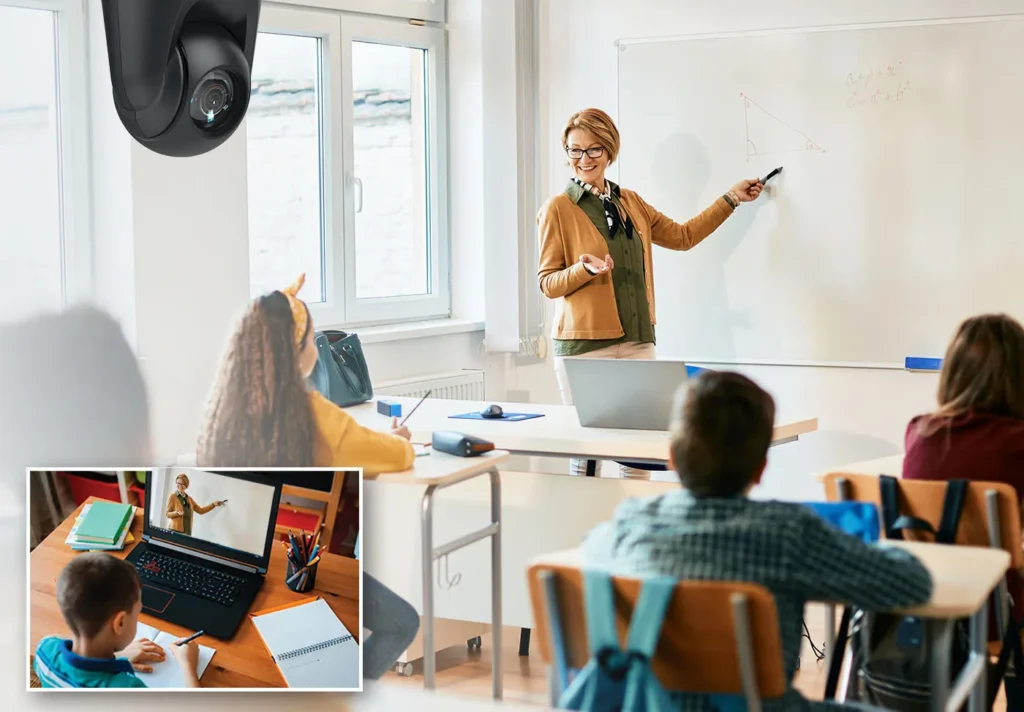
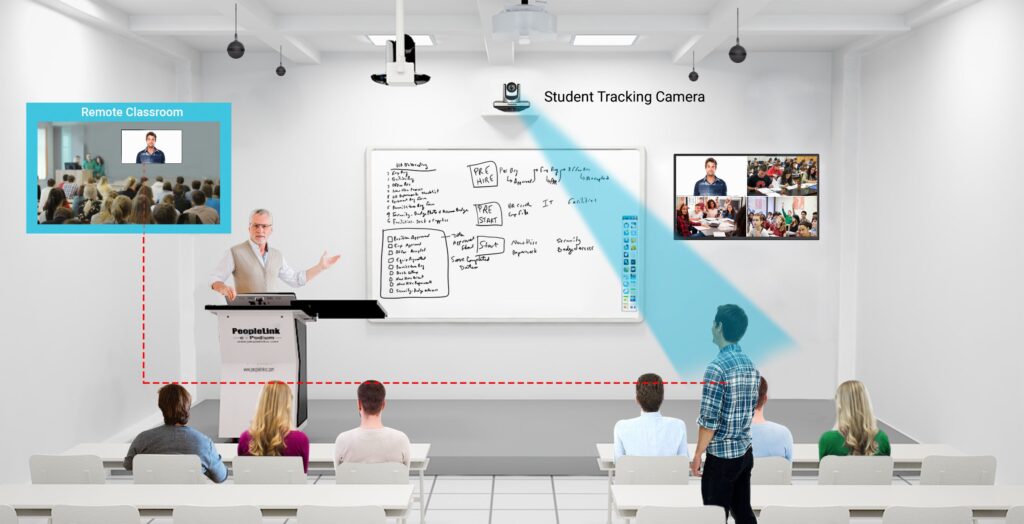

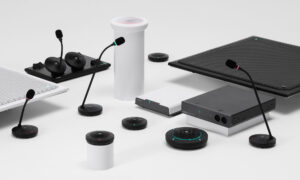

 Want to know something? Ask someone who has been around a while. An example of this was back in 2007 as I got off the train in Guilford in Surrey, England. I needed directions to my hotel and since the information center was closed, I made inquiry with the nearest group of locals. They were younger and had never heard of the place. Their knowledge was limited. Afterwards I sought assistance from a much older person that I saw. Instant useable information. He knew his small town and how to get around.
Want to know something? Ask someone who has been around a while. An example of this was back in 2007 as I got off the train in Guilford in Surrey, England. I needed directions to my hotel and since the information center was closed, I made inquiry with the nearest group of locals. They were younger and had never heard of the place. Their knowledge was limited. Afterwards I sought assistance from a much older person that I saw. Instant useable information. He knew his small town and how to get around. In this case, what I discovered was a person with much the same in product preferences and a similar approach in design philosophy. It was very beneficial, when either of us got a project, to get on a Zoom call to discuss, assess and quickly arrive at an effective design approach. Yes, the client may have been inquiring about a product or solution they’d seen but we could also look beyond at what problem they might be trying to address with that equipment or inquiry. It helped us to better get to a real solution rather than just coming up with a list of boxes that could be sold. There’s a lot of value in that and it comes only with experience.
In this case, what I discovered was a person with much the same in product preferences and a similar approach in design philosophy. It was very beneficial, when either of us got a project, to get on a Zoom call to discuss, assess and quickly arrive at an effective design approach. Yes, the client may have been inquiring about a product or solution they’d seen but we could also look beyond at what problem they might be trying to address with that equipment or inquiry. It helped us to better get to a real solution rather than just coming up with a list of boxes that could be sold. There’s a lot of value in that and it comes only with experience. Truthfully, you need the best of both youth and maturity if you’re not going to be left with a warehouse of FireWire interfaces or trying to sell solutions that promise to change everything but in practice, have limited application.
Truthfully, you need the best of both youth and maturity if you’re not going to be left with a warehouse of FireWire interfaces or trying to sell solutions that promise to change everything but in practice, have limited application.
 Crystal-Clear Communication
Crystal-Clear Communication Who said training has to be boring? With the latest interactive displays, training sessions become an immersive experience that gets everyone pumped. Picture this: government employees in front of massive touchscreens, collaborating on real-time scenarios, and solving problems together like a band jamming out a new hit.
Who said training has to be boring? With the latest interactive displays, training sessions become an immersive experience that gets everyone pumped. Picture this: government employees in front of massive touchscreens, collaborating on real-time scenarios, and solving problems together like a band jamming out a new hit.  Now, let’s crank it up a notch for our audience with hearing impairments. Assisted listening devices (ALDs) are like the VIP passes that make sure everyone gets front-row sound, no matter where they’re seated. One of the rockstars in this space is Listen Technologies with their Listen EVERYWHERE system. This cutting-edge solution streams audio directly to users’ smartphones, letting them tap into the sound with their own headphones or hearing aids. Whether it’s hearing loops that sync up with hearing aids or infrared systems that cut through the noise, these bad boys plug right into the AV setup, delivering crystal-clear audio straight to those who need it most.
Now, let’s crank it up a notch for our audience with hearing impairments. Assisted listening devices (ALDs) are like the VIP passes that make sure everyone gets front-row sound, no matter where they’re seated. One of the rockstars in this space is Listen Technologies with their Listen EVERYWHERE system. This cutting-edge solution streams audio directly to users’ smartphones, letting them tap into the sound with their own headphones or hearing aids. Whether it’s hearing loops that sync up with hearing aids or infrared systems that cut through the noise, these bad boys plug right into the AV setup, delivering crystal-clear audio straight to those who need it most.

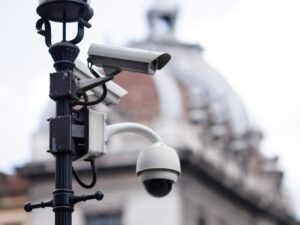 In public safety, surveillance systems are vital for monitoring high-traffic areas, government buildings, and public spaces. High-definition cameras and reliable recording devices help law enforcement monitor activities in real-time, ensuring rapid response to incidents.
In public safety, surveillance systems are vital for monitoring high-traffic areas, government buildings, and public spaces. High-definition cameras and reliable recording devices help law enforcement monitor activities in real-time, ensuring rapid response to incidents. Emergency Operations Centers (EOCs)
Emergency Operations Centers (EOCs) Accurate documentation of events is crucial for post-incident analysis and legal proceedings. High-quality audio and video recording devices are essential tools for capturing these events with precision.
Accurate documentation of events is crucial for post-incident analysis and legal proceedings. High-quality audio and video recording devices are essential tools for capturing these events with precision. In democratic governance, public participation is key. AV technology, such as projectors, displays, and audio systems, plays a crucial role in facilitating town hall meetings and public hearings by ensuring that all participants can see, hear, and engage with the proceedings.
In democratic governance, public participation is key. AV technology, such as projectors, displays, and audio systems, plays a crucial role in facilitating town hall meetings and public hearings by ensuring that all participants can see, hear, and engage with the proceedings. As AV systems become more advanced, the integration with IT infrastructure is crucial for ensuring reliability and scalability. Government agencies benefit from networked AV solutions that allow for centralized control, monitoring, and troubleshooting across multiple locations.
As AV systems become more advanced, the integration with IT infrastructure is crucial for ensuring reliability and scalability. Government agencies benefit from networked AV solutions that allow for centralized control, monitoring, and troubleshooting across multiple locations.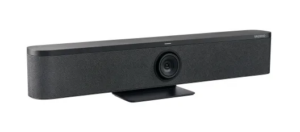 So, why all the buzz about the Vaddio Venture VideoBar? Picture this: you’ve got an important meeting, and you need everyone to be seen and heard perfectly, whether they are in the room or joining remotely. The Venture VideoBAR is designed to handle just that with style and ease.
So, why all the buzz about the Vaddio Venture VideoBar? Picture this: you’ve got an important meeting, and you need everyone to be seen and heard perfectly, whether they are in the room or joining remotely. The Venture VideoBAR is designed to handle just that with style and ease. Another cool feature is the intelligent auto-framing. This smart tech automatically adjusts the camera to focus on whoever is speaking or the whole group, depending on what is happening. It’s like having a personal cameraman who never misses a beat. This means less fiddling with controls and more focus on the conversation.
Another cool feature is the intelligent auto-framing. This smart tech automatically adjusts the camera to focus on whoever is speaking or the whole group, depending on what is happening. It’s like having a personal cameraman who never misses a beat. This means less fiddling with controls and more focus on the conversation. Classrooms and Training Rooms: Teachers and trainers will appreciate the clear visuals and sound, making it easier to engage students or trainees. It is a great tool for hybrid learning environments where you need to connect with people both in the room and online.
Classrooms and Training Rooms: Teachers and trainers will appreciate the clear visuals and sound, making it easier to engage students or trainees. It is a great tool for hybrid learning environments where you need to connect with people both in the room and online.






